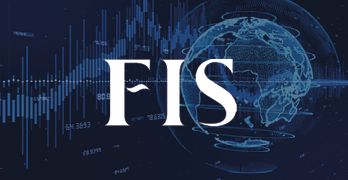Peter Stallion: Looking forward

Since our last report, we have continued to see trans-pacific rates climb, pushing up the baseline prices on the trans-Pacific forward curves as we progressed through September. However, we have seen this bullish price action grind to a halt on the back of direct intervention by the Chinese government. This has seen forward prices start to drop off, with particular interest in Q1 2021 onwards out of the scope of all players in the market in terms of predictions. Now, FBX 01 China/East Asia to North America West Coast Q4 mid-pricing sits at $3,350/FEU, up from $3,305 on 3rd September.
We have also seen the China to Europe routes, FBX 11 and FBX 13, jump into life, picking up in price as volumes feed back into a market with restricted capacity. FBX 11 (China/East Asia to North Europe) has risen $420 from 1st September to 18th September, settling down to $2,167/FEU as of 28th September. In terms of the forward curve, we have seen an interesting trend downwards, particularly in recent weeks. Q4 mid-values for FBX 11 have slumped down to $2,050/FEU as of 28th September, down from $2,150/FEU on 3rd September.
The big news moving forward is the impact of fluctuating spot rates on long-term contracts. Annual contracts will start to renew along China to Europe routes by the end of Q4 2020, and along China to North America routes by the end of Q1 2021. The bar in which these rates will be set is very high, all the while there is very little visibility as to both forward cargo volumes and prices in 2021 and beyond. The course of action is simple for those looking at an uncertain forward market and potentially inflated contract prices – Index-link your container contracts.
In support of the carrier, the rates they are receiving from carriers can be fixed with Container FFAs. Crucially, use of the FFA over a traditional forward physical fixed price contract gives the buyer a crucial avenue to close-out of their own price, without affecting the amount the carrier is receiving for their shipments. This is more important than ever, to ensure that carriers remain supported and profitable, whilst also ensuring that freight forwarders and BCOs do not end up away from the market if the market price were to collapse.
This also highlights additional interest in FFAs – using these contracts to establish stable container capacity cost over a 2 year period or more. Some of the longer-term issues have been highlighted – the enormous cost of de-carbonisation, the instability of well established trade routes in the face of political and economic conditions, and the potential for the market to enter a downward cycle not only in terms of price of container capacity, but also for the price of containership charters.
All of these issues, and more, stand to upset the balance of pricing as we enter more normalised market conditions post-COVID.
About Peter Stallion, Head of Air and Containers, Freight Investor Services
Peter Stallion heads up the Air and Container Freight desks at FFA brokerage Freight Investor Services. He started his career in air freight chartering, and has a passion for emerging risk management markets and the logistics industry.